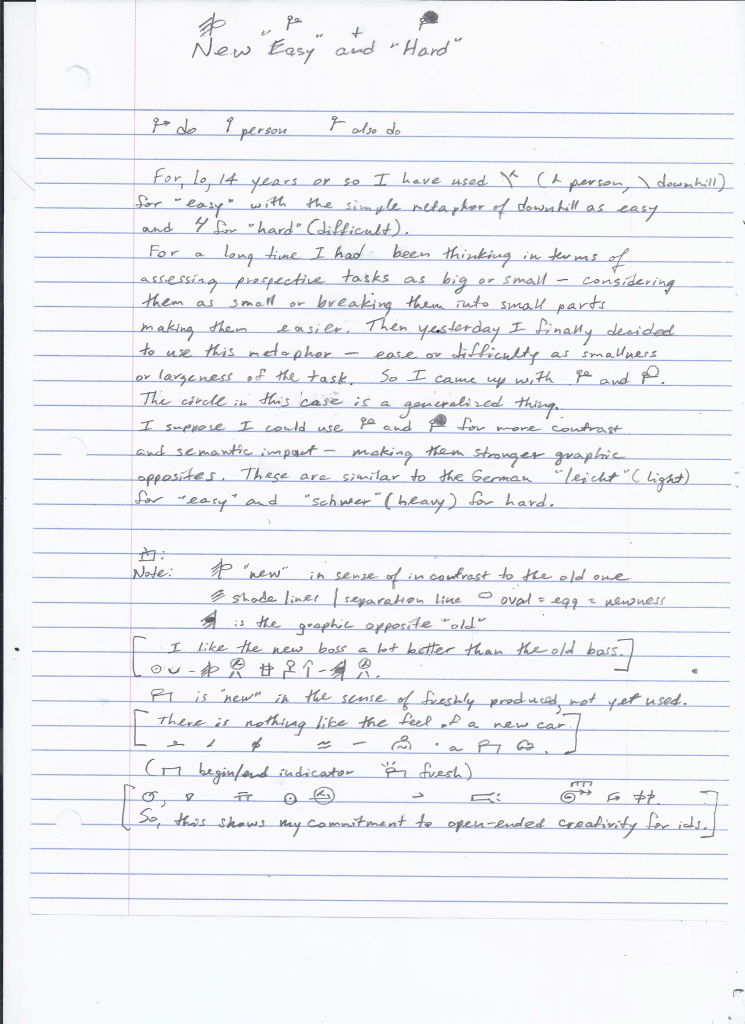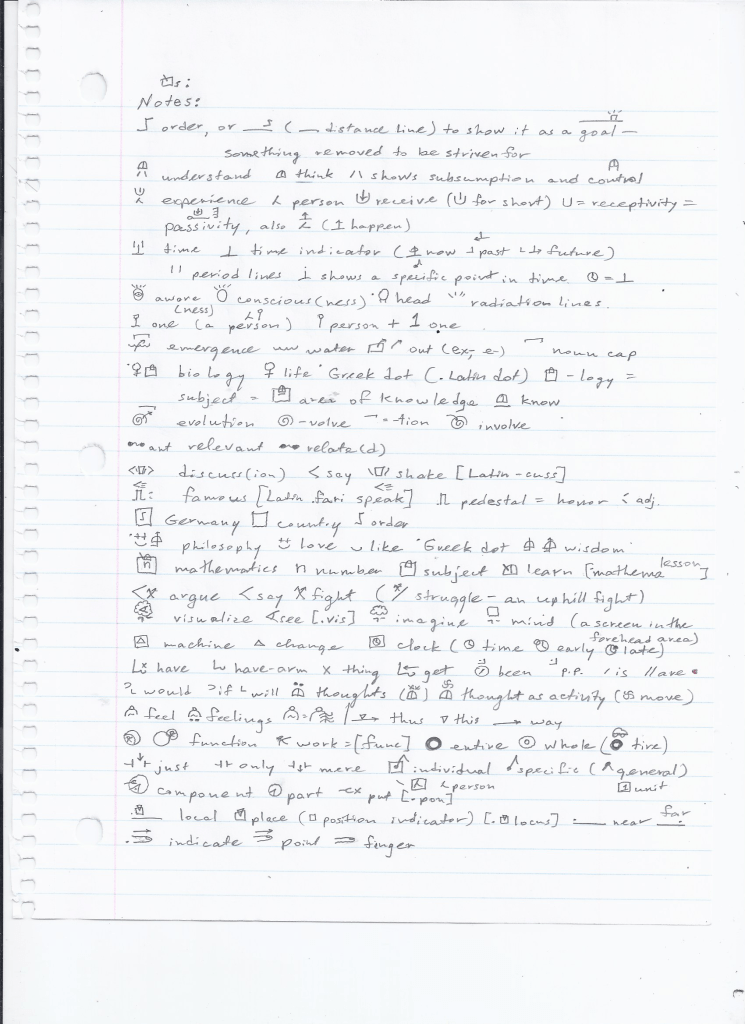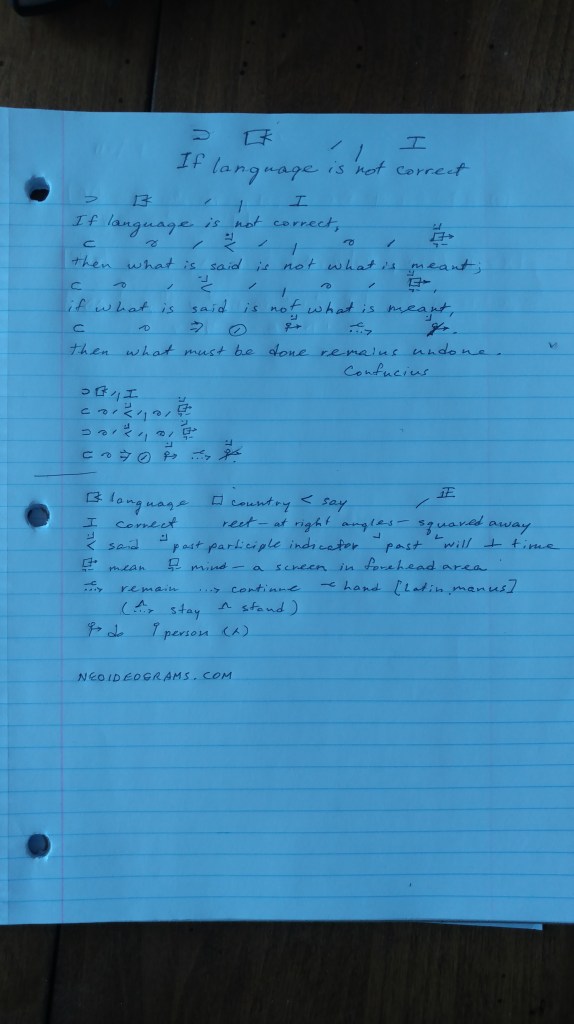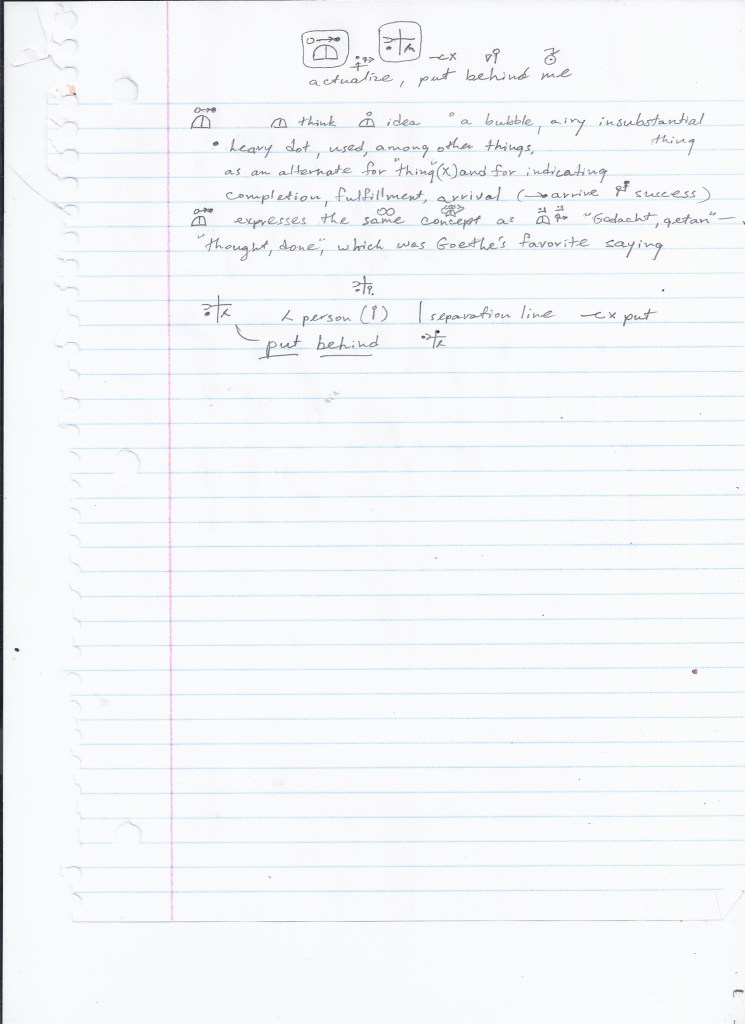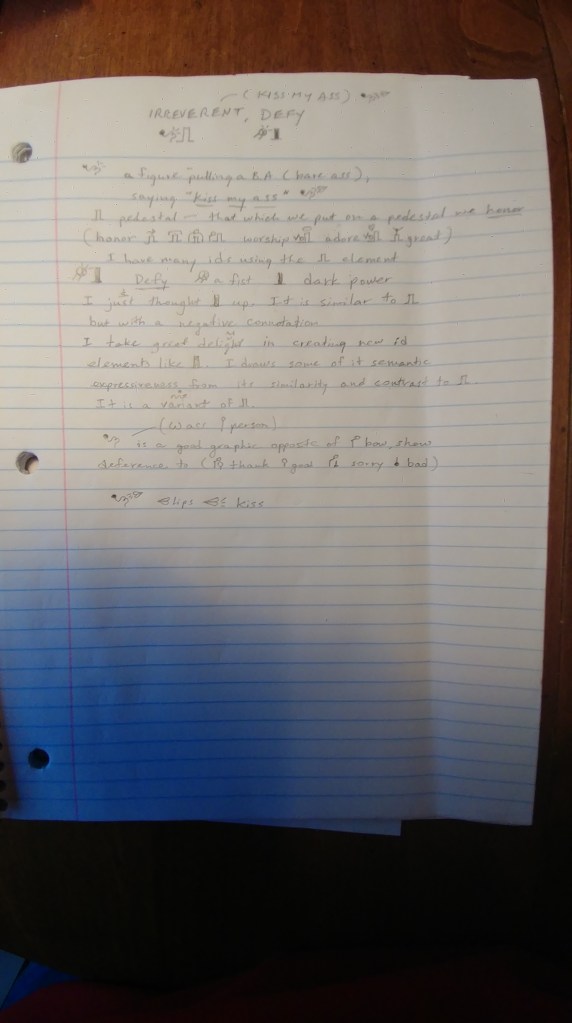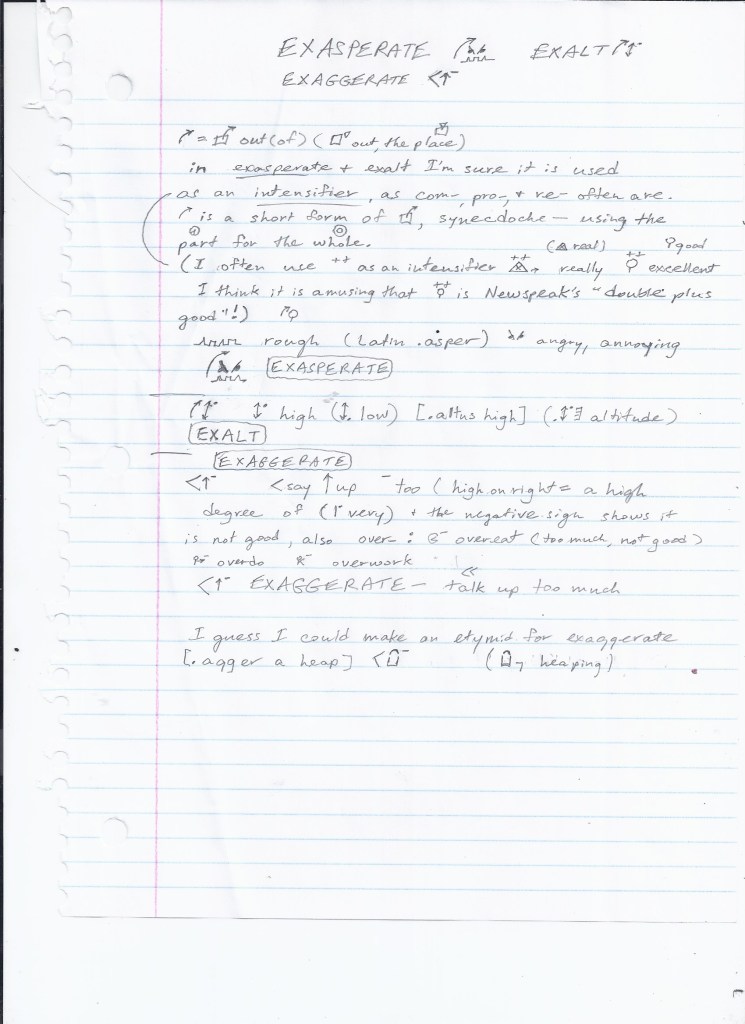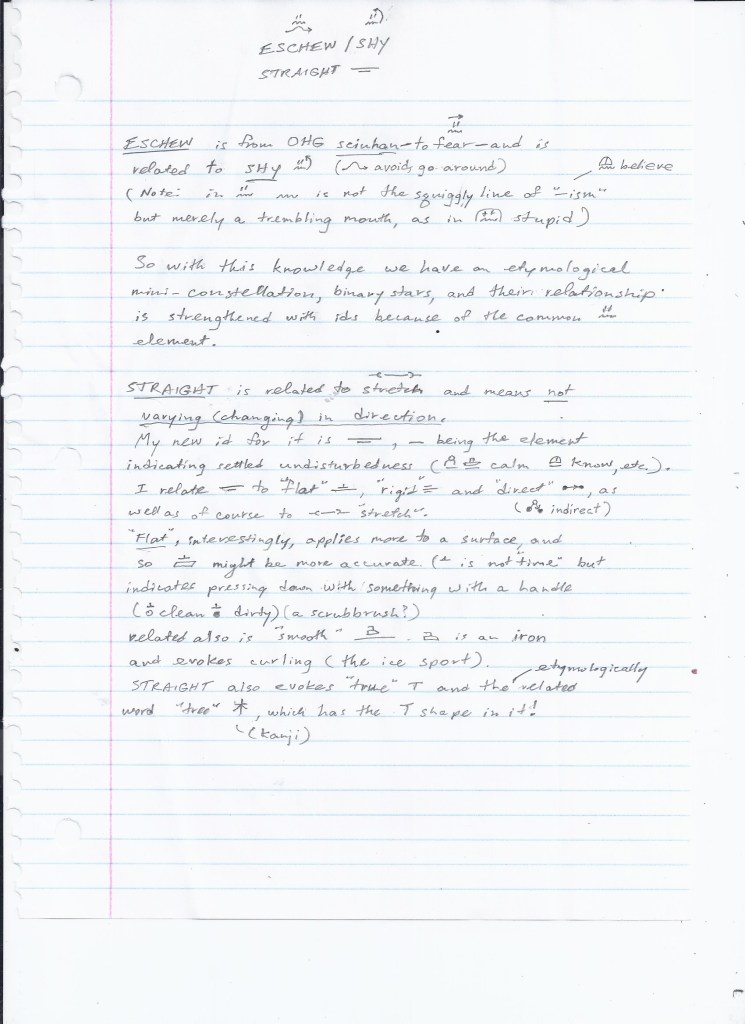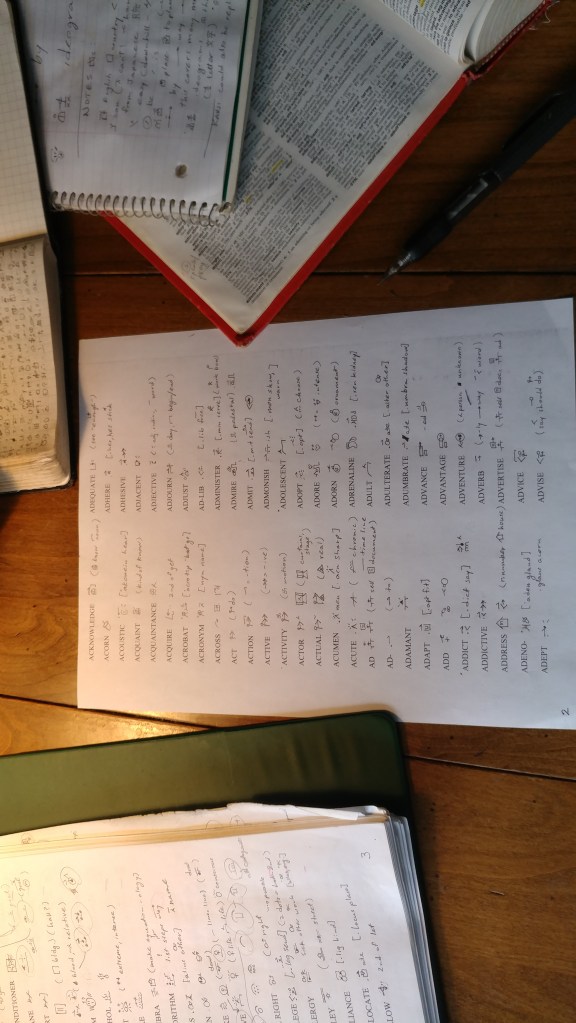Easy and hard are important terms! Among the most important ideas are those having to do with our thinking, actions, decisions, and character commitments. These are the ids I’m really concerned about. A little improvement in their conceptualization can make a difference. Ids are visual concepts.
